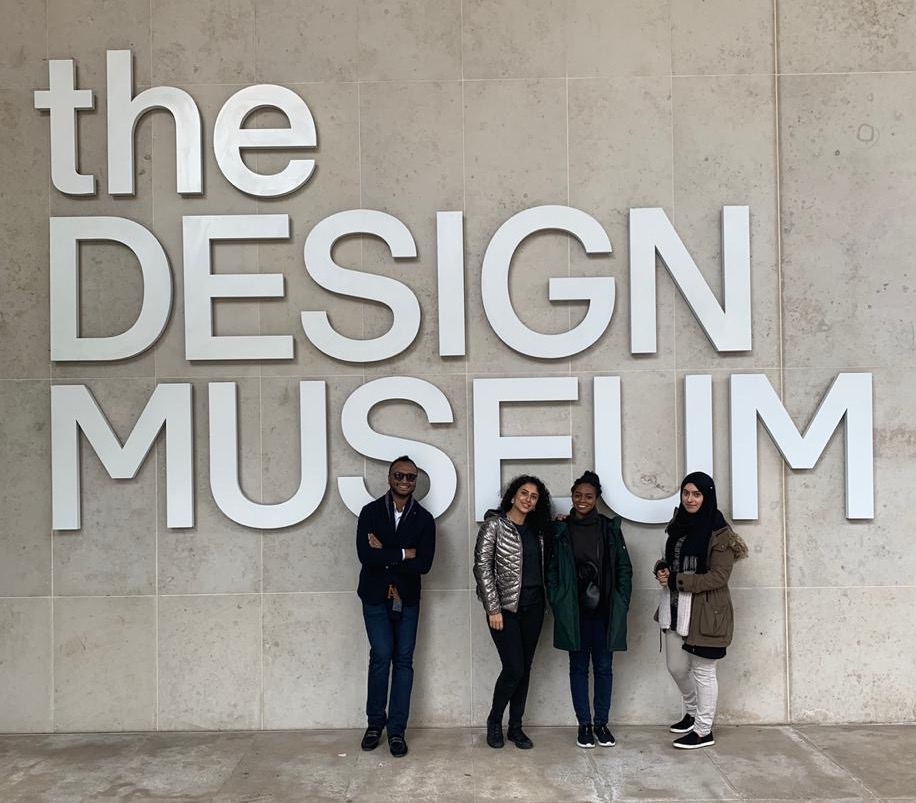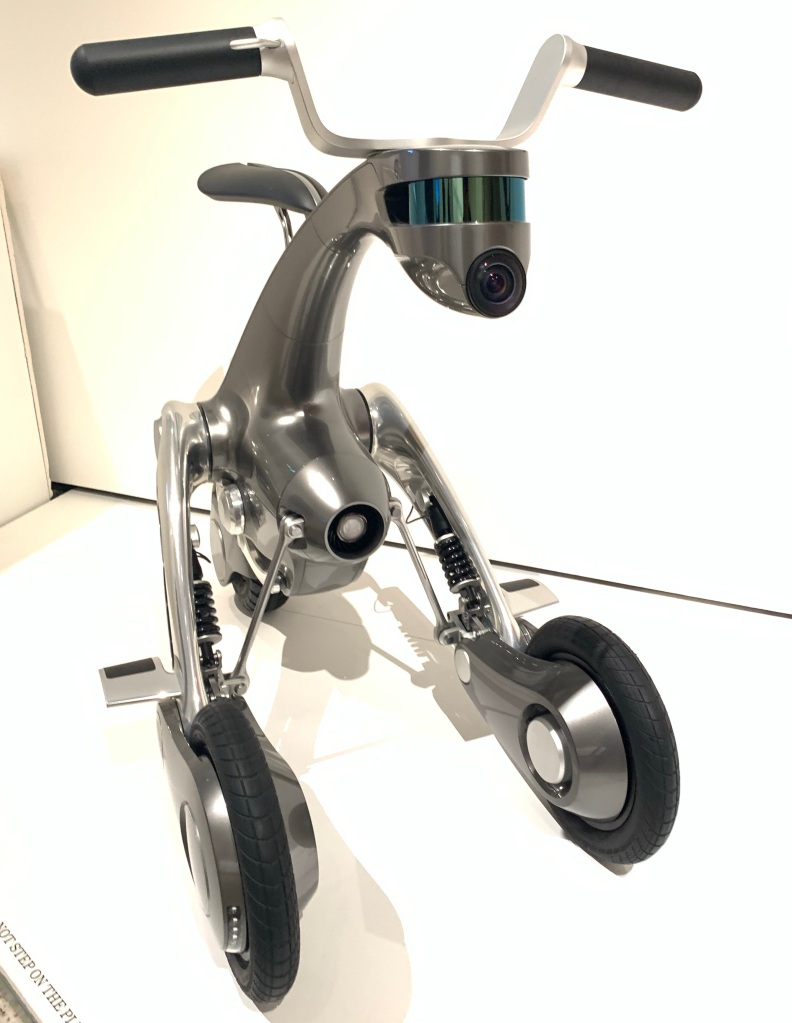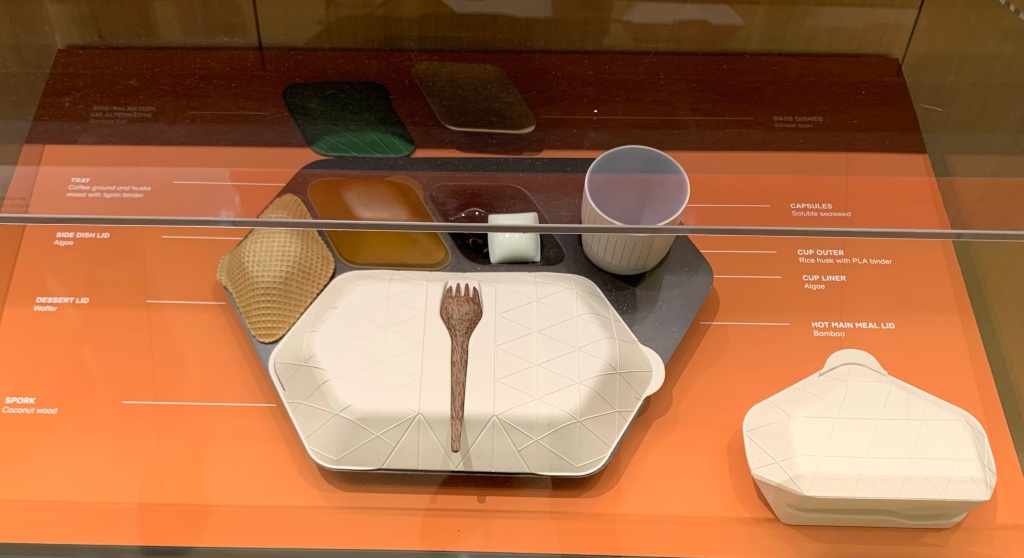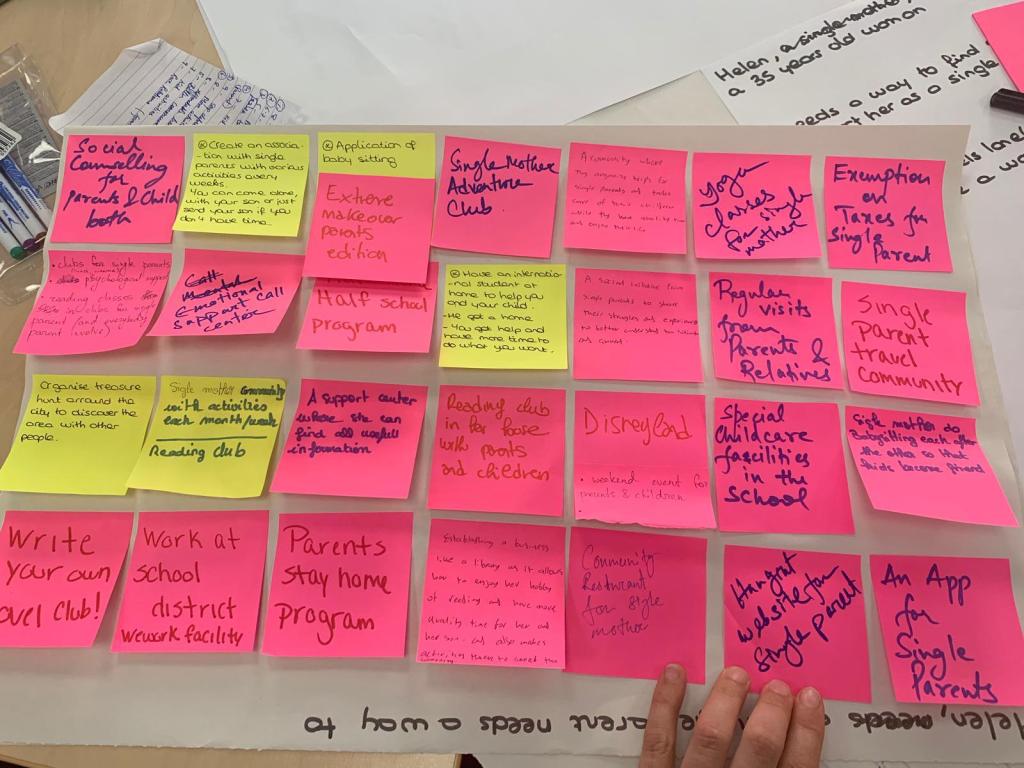The Design Thinking process is an astonishing way to observe how a product comes to live. In our previous classes we used to review the problem first, before proceeding to find a solution for it. But how to know which problem an innovative product is solving? To approach this, a good method is to apply reverse Design Thinking.
Reverse Design Thinking is a technique to go back from a solution/product to the problem that originally lead to the final product.
In November 2019, my colleagues and myself from the InnoX team visited the Design Museum in London to get to know innovative products and services. During this visit, we viewed an exhibition called “Beazley Designs of the Year 2019”, presenting the best ideas and solutions in fashion, architecture, digital products and graphic design.
I have point out that I am an admirer of London’s manifold offer of museums, so the prospect of visiting the Design Museum had me quite excited and I was not disappointed, the Design Museum had a vast variety of innovative ideas featured. Among them, I found the following products or services especially interesting.
A Website That Generates Fake Portraits

The designer Phil Wang developed a website that generates fake portraits by combining different features of a real person to create a new human face variation, not likely to exist in reality. An exciting outlook on the future possibilities in media and entertainment, which nevertheless made me think of the threat of online scams and the general abuse of this technology.
A plastic made of plants

The Crafting plastics! studio designs and manufactures plastic for useable items of the daily life by using the Nonoilen Technology. This technology offers an alternative way of recycling plastic to make usable products, while saving the environment.
As assignment of our Design Thinking course, we had to choose three products to present to the class. As a group we focused on human centric innovations and health related solutions.
- Lia Pregnancy Test:

The Lia Pregnancy Test is the first pregnancy test in 30 years made of biodegradable materials, redesigned to be discreet and sustainable. It breaks down when flushed down the toilet, and completely biodegrades into soil, unlike current pregnancy tests which are neither biodegradable nor recyclable.
Looking into this product there are two intentions behind this innovation obvious: how pregnancy tests can be made environmentally friendly and how to completely redesign a traditional product.
2. e-NABLE Raptor Reloaded:

Richard Van As and Ivan Owen teamed up to design a prosthetic hand for growing children. Including the online community they formed e-NABLE. Since 2011, the community is working together designing customized products using a low-cost 3D printer. They use several methods to optimize the product. Besides engaging the online community, they also enable users to create their own prosthetic hand, supporting with the right measurements.
If we go back to reverse Design Thinking, the elements that the founders wanted to resolve was using available resources to produce low cost prosthetic hands and making the prosthetics available everywhere.
By outsourcing it to online communities, so anyone could contribute, made it user-friendly and brought expertise from all over the world.
3. Elvie Pump:
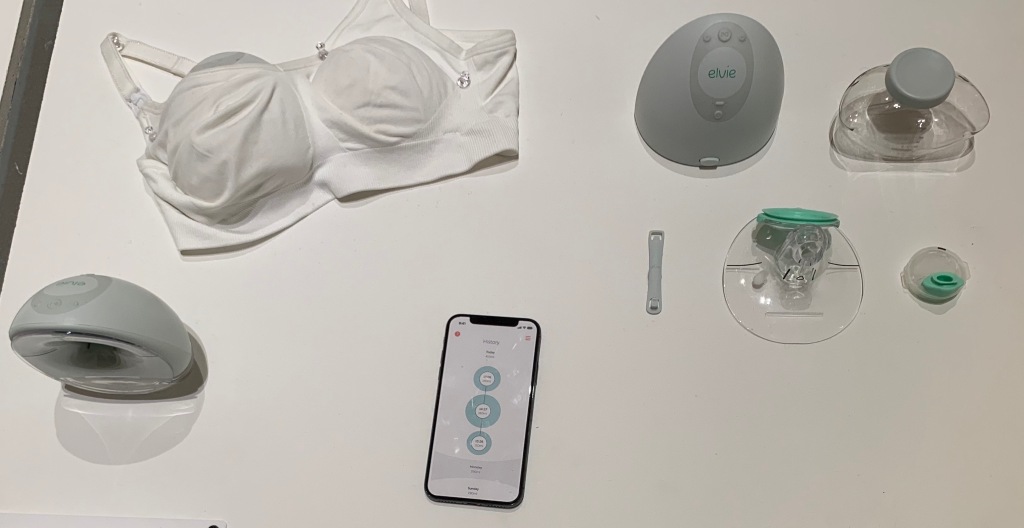
Elvie is a London-based startup that focuses on smart technology for woman. Elvie Pump is a portable breast pumping device, that doesn’t require a change of dress to use it, while working almost completely silent. By connecting it with a mobile application, users can see the volumes and device use history.
Applying reverse Design Thinking, the Startup wanted to redesign the existing product to become user-friendly in public places, reduce the noise-level and make it easy to carry around. Elvie successfully redesigned a light, silent when operating and user-friendly breast pump.
Besides the above, so many other remarkable innovations were presented, showing how innovators come up with smart solutions to problems.
The museum visit was mind opening in terms of innovations and how traditional solutions can be reintroduced by redesigning and community engagement to offer new solutions to problems.
Innovation never means the must of a completely new product/solution; it also can be rethinking existing solutions to make them better and more user-friendly.
